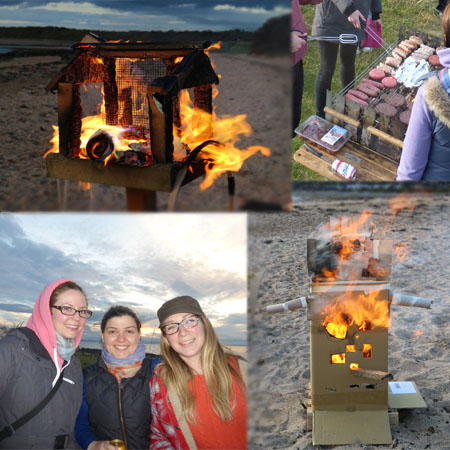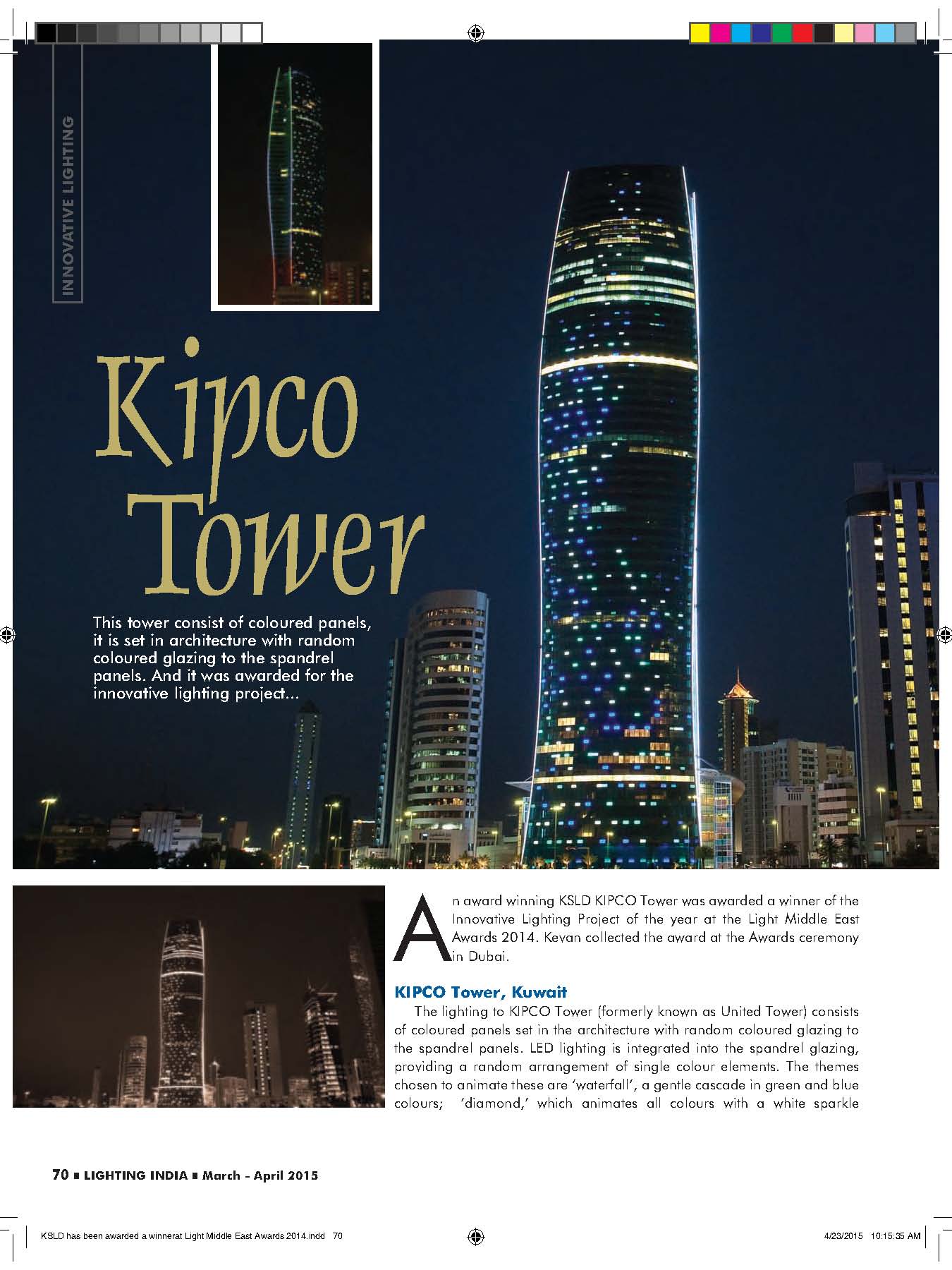The adventures of Kevan Shaw in China...
Guangzhou International Lighting Exhibition 2015
This is the 20th edition of this exhibition and the first time I have been here in 6 or 7 years. Guangzhou itself has changed. The oppressive yellow smog has lifted. Much of the manufacturing and the older power stations have gone, there are many new buildings including towers of significant height. The exhibition has also grown, more than doubling in floor area and number of stands. Almost everything is LED apart from one hold out chandelier company with only incandescent lamps in their products.
Conventional incandescent doesn’t exist either though many are offering halogen GLS and the antique shape single strand lamps. The filament pattern LED is also well in evidence. Apparently this technology was developed in Taiwan. The quality is generally good with one or two exceptions, one looking like high pressure sodium! I even found one that dimmed to extinction quite believably on a standard rotary dimmer. The weird application was putting these filament units in a four finger CFL envelope, one really does have to ask why?
Innovation was somewhat lacking. When asked about new products I was offered a factory tour. It seems even the Chinese companies are now fearful of copying! The
“No Photos” signs typical of European trade shows were much in evidence. One brave manufacturer was displaying a unique product and had his Chinese patent number well displayed all over their stand. I asked the salesman if this protected his product and he just smiled and almost laughed. Interestingly the product did not photograph well!
There is every indication that the general quality of products has improved and the most blatant copies of European fittings were not on show this time. One interesting development is the use of large lenses to control the beam of the bigger COB arrays. These are even appearing on very basic floodlights. Lenses to provide typical roadway lighting distributions were also in evidence as is wholesale relighting of Guangzhou’s roads and streets with LED a lot of it at 3000K.
What is surprising is the low ex-works prices for most of the lamps and fittings on display. As these are openly advertised it is clear that discounts can be negotiated from these. Despite import duties and freight it does give some idea of the profitability of the lamps and certainly retail light fittings.
Bridgelux COB cookie
Finally, cutest freebie of the show is the Bridgelux COB Cookie!
Further Diary Entries...
In the course of a visit to Chonqing as a member of the International Advisory Committee of the Chinese Lighting Designers Association, Kevan has discovered a significant alternative causal factor of Global Warming.
Chonqing is believed to be the worlds largest city with a population estimated at around 18 million people in the city with an area of 2,113.1 square miles and 30 million in the surrounding municipality . The local cuisine is typical of the Sichuan region and the particular speciality of the city is the Hotpot.
Chinese Hotpot
Effects of frequent Hotpot consumption on Chongqing student
Hotpot is typically served in restaurants with square tables. In the centre of each is a circular aperture with a 4 Kw gas ring. The hot pot itself is a large wok shaped vessel either with a divider or with a second bowl in the centre. Typically a small restaurant will have around 12 tables with seating for 96. The Hotpot contains a cooking broth the contents of which are the real subject for the story. A large number of red chillies and a spectacular number of whole peppercorns are fried in oil then a prepared broth with noodles and vegetables is added and the whole lot placed on the gas ring on the table. Various interesting things are provided to be cooked in the hot pot, interesting as being unidentifiable as any recognisable part of a vegetable, animal or fish. While the copious use of gas to keep the hotpot boiling for the duration of the meal certainly produces considerable CO2 it is the thermal potential of the cooking broth that is the major source of concern as a factor in global warming.
Certainly the copious sweating, reddening of the skin and tingling sensations resulting from the consumption of the items cooked in this broth suggests that irrespective of the CO2 the heating factor of the food could cause as much as a 1° rise in the global temperature given the size of the population regularly ingesting this food!
Members of the International Advisory Committee to the Chinese Lighting Designer’s Association investigating the Hotpot theory following the opening of the 100 Lighting Design Projects exhibition at the Chongqing Art University.










